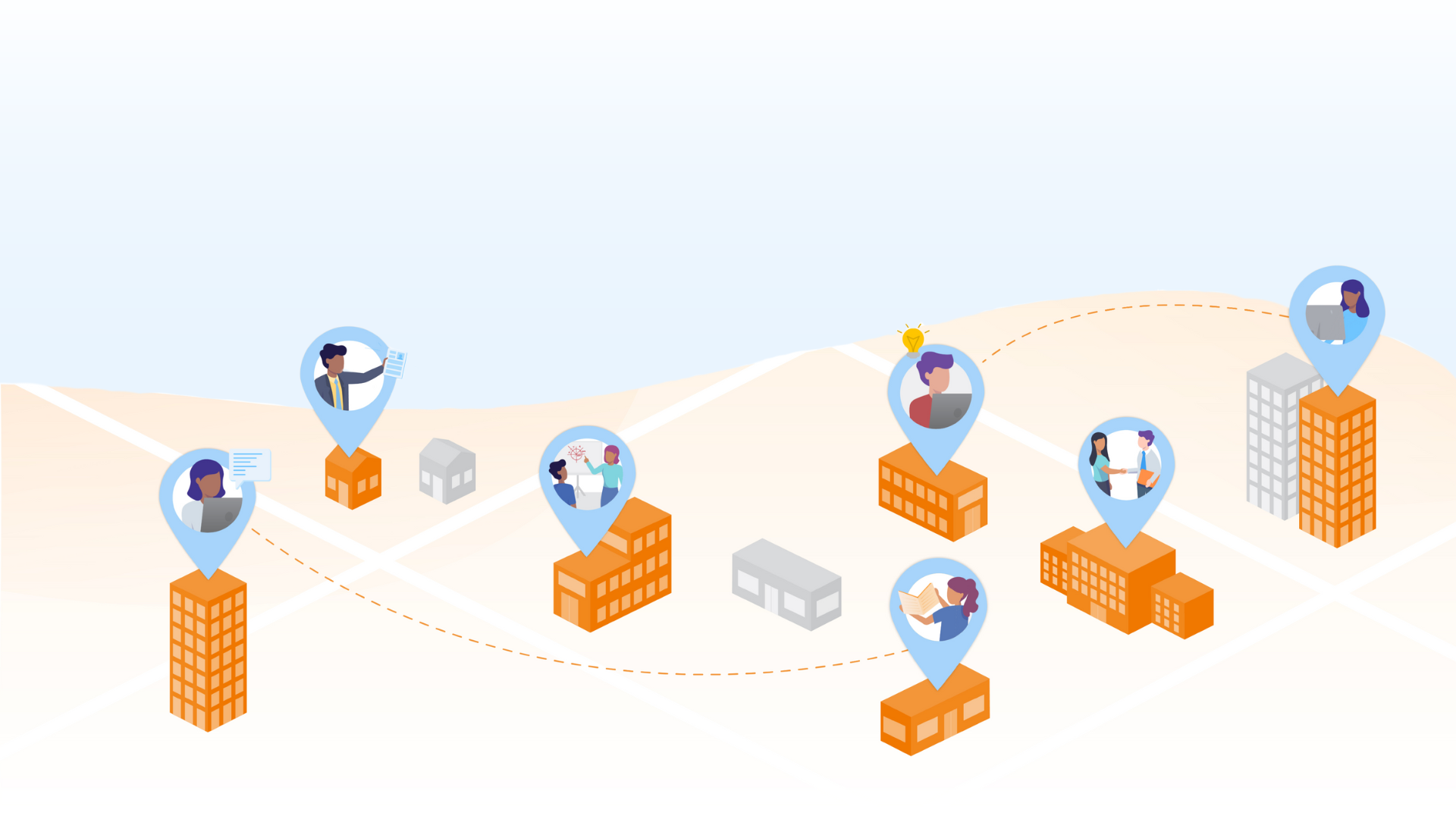Students don’t just need support at major milestones like enrollment, re-enrollment, or graduation — they need it throughout their entire journey.
Every interaction, large or small, shapes their experience and influences whether they stay and thrive or face barriers that derail their progress. It’s easy to focus on the big moments, but often, it’s the smaller, everyday touchpoints that matter most. If we want to help students succeed, we have to design for every step of the journey — not just the headline moments.
The Small Things Are Big Things
Details are easy to overlook — but in a student’s world, they make all the difference.
Think about a satisfaction survey. If students aren’t completing it, is it buried too deep in their inbox? Too long to finish between classes? Hard to access on mobile? The smallest design flaws can create major friction.
Expand that lens: Every form, every email, every appointment scheduling process deserves attention. These small touchpoints are often the ones students interact with most frequently. If they’re confusing, inaccessible, or feel like an afterthought, students notice — and it can erode trust over time. Design each detail like it matters, because to students, it does.
Academic Support Should Be Lifelong — Not Front-Loaded
Too often, academic support is heavily concentrated at the start of a student’s journey, aimed at first-year and second-year courses known for high DFW rates. That’s important — but it’s not enough.
Support needs to extend to all students in all courses, including upper-level major-specific classes where struggling students may feel isolated. Just because a course isn’t traditionally flagged as “high-risk” doesn’t mean students aren't facing challenges. If support systems overlook these later stages, they miss a crucial opportunity to help students persist all the way to graduation.
When academic support is intentionally designed for the full student lifecycle, it sends a powerful message: every student, in every course, at every stage, matters.
Empower People to Power the Experience
Students may interact with different departments, but they see your institution as one entity. Every conversation, email, and appointment reflects your entire brand.
That’s why empowering your team is critical. When staff are equipped with the right tools, training, and autonomy, they’re able to create positive, memorable experiences. They can adapt to evolving student behaviors, spot potential barriers early, and collaborate across silos to meet students where they are. Systems and technology matter, but it’s people who bring the student experience to life — or break it down if they’re left unsupported.
A strong student lifecycle design strategy builds infrastructure that supports both the students and the staff who serve them.
Bridging Gaps Through Student Partnership
Even the best-designed systems can fall short if they’re based only on assumptions. If you want to know what students need, the best strategy is simple: Ask them.
Inviting students into the design process isn’t just about gathering feedback — it’s about building real partnership. Students can help pinpoint barriers you might not see and offer ideas to remove friction points, from course registration to career counseling engagement. Better yet, they can extend your reach by serving as trained peer advisors, helping you scale support without overwhelming your team.
Modern student lifecycle design means going beyond the walls and hours of your office. It’s about making sure students can get what they need, when and how they need it — whether that's online, on-campus, or through a peer connection.
Design Interactions with Care
The student lifecycle isn’t linear, and it’s rarely predictable. Students move at their own pace, facing different challenges and opportunities along the way.
When we design every interaction with care — when we focus on the details, extend academic support to all students in all courses, equip our people, and close gaps through partnership — we remove friction and open pathways. That’s how we help students move forward, stay engaged, and ultimately, succeed.
At Knack, we partner with institutions to design peer support that meets students where they are — in every course, at every stage of their journey. Learn how we can help you build a more connected, supported, and successful student lifecycle. Get in touch with us today.
